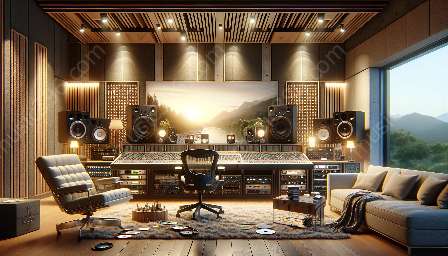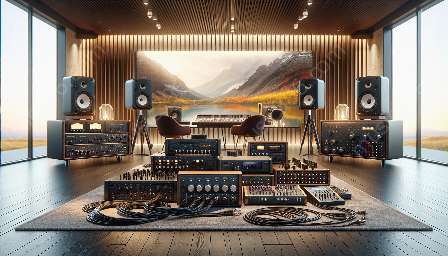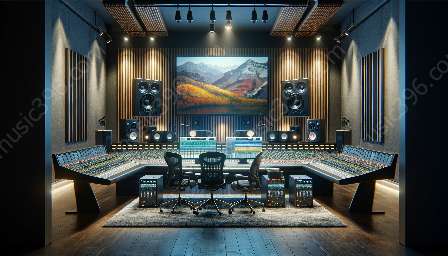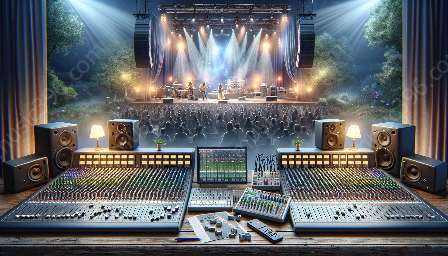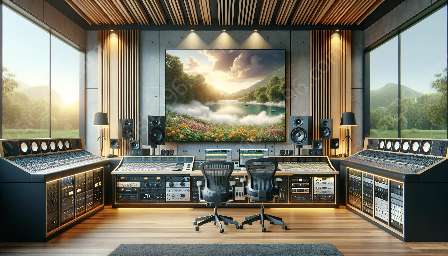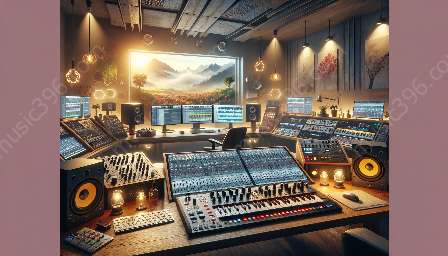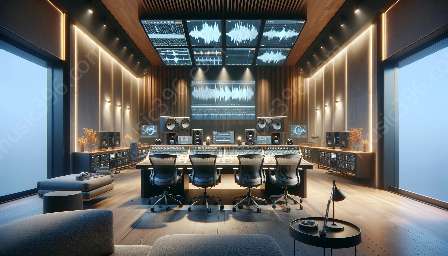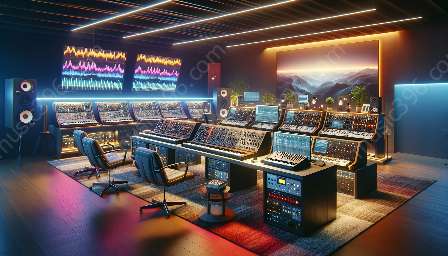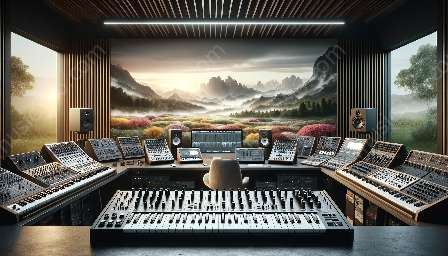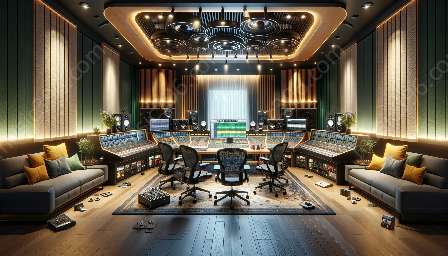Live performance sound level management is a crucial aspect of ensuring a high-quality auditory experience for both performers and audiences. In the realm of live sound production, the management of sound levels plays a significant role in creating an immersive and memorable event. Understanding how to manage sound levels effectively, while ensuring compatibility with CD & audio formats, is essential for achieving optimal results.
Importance of Sound Level Management
Sound level management in live performances is vital for several reasons. First and foremost, it directly impacts the quality of the auditory experience for the audience. Poorly managed sound levels can lead to distorted, muddled, or uneven sound, detracting from the overall enjoyment of the performance. Additionally, excessive sound levels can pose potential health risks to both performers and attendees, making it essential to maintain safe and comfortable levels throughout the event.
Furthermore, effective sound level management ensures that the performance is compliant with local regulations and noise ordinances. These regulations may vary depending on the venue and location, so understanding and adhering to them is crucial for the success of the event.
Impact on Live Sound Production
The impact of sound level management on live sound production cannot be overstated. Skilled sound engineers and production teams work tirelessly to ensure that sound levels are balanced, clear, and consistent throughout the performance. With the advent of advanced audio technologies, live sound production has become increasingly sophisticated, allowing for greater control and precision in managing sound levels.
Effective sound level management not only enhances the auditory experience but also reflects the professionalism and expertise of the production team. It requires a deep understanding of acoustics, audio equipment, and the unique characteristics of each performance venue.
Techniques and Best Practices
Several techniques and best practices can be employed to achieve optimal sound level management in live performances. One fundamental approach is to conduct thorough sound checks and rehearsals before the event. This ensures that all audio elements, including microphones, instruments, and speakers, are properly balanced and positioned for optimal sound distribution.
Additionally, the strategic placement of sound-absorbing materials and barriers can help control sound reflections and minimize unwanted reverberations. The use of advanced signal processing technologies, such as compressors and equalizers, allows for precise control over sound dynamics, ensuring a consistent and clear auditory experience for the audience.
Compatibility with CD & Audio Formats
Ensuring compatibility with CD & audio formats involves optimizing live sound production to align with the standards and characteristics of recorded audio. This requires careful consideration of factors such as dynamic range, frequency response, and stereo imaging. Skilled sound engineers and production teams strive to emulate the high-fidelity characteristics of recorded audio in live performances, creating a cohesive and immersive sonic experience for the audience.
Moreover, advancements in audio technology have enabled the seamless integration of live sound production with CD & audio formats. This compatibility allows for the recording and reproduction of live performances with the same level of clarity and fidelity as studio recordings, bridging the gap between live and recorded music.
Conclusion
Sound level management in live performances is a multifaceted endeavor that impacts both the auditory experience and the success of live sound production. By employing effective techniques and best practices, while prioritizing compatibility with CD & audio formats, sound engineers and production teams can ensure an optimal experience for performers and audiences alike.


